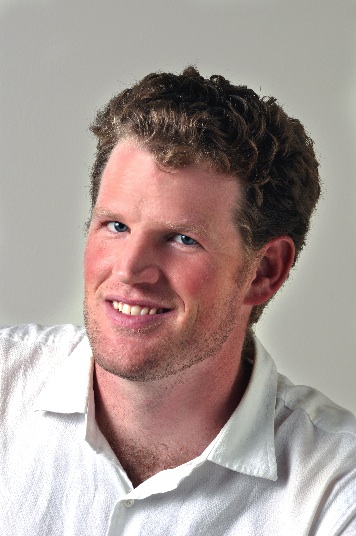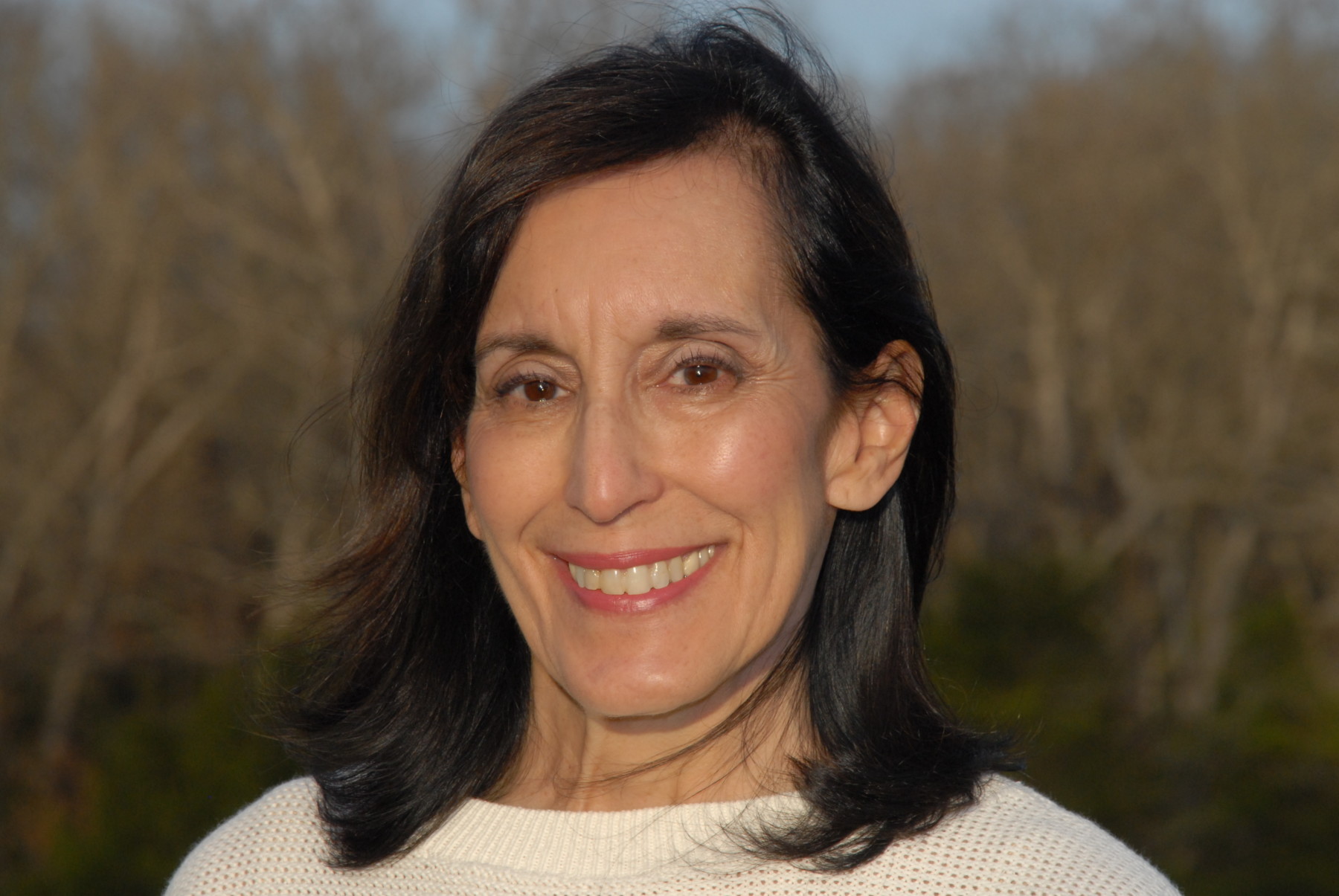
Reporting from the trenches in the war over dolphin rights, freelance science writer Erik Vance relates the story of Lori Marino and Diana Reiss, dolphin researchers who have spent most of their careers as close colleagues and friends, but whose agendas diverged after Marino moved away from research on captive dolphins and immersed herself in a life of advocacy. Marino and Reiss’s public split occurred while Vance was reporting on their research, and on the thorny question of how close scientists should get to their research subjects. “Dolphin Desperados” (published online as “It’s Complicated: The Lives of Dolphins and Scientists”) appeared in Discover in September 2011.
Here, Vance tells TON co-founder Jeanne Erdmann the story behind the story. (This interview has been edited for length and clarity.)
What sparked your interest in writing about dolphin research?
This story goes back 10 years, to before I was a writer. I did research as an undergraduate studying dolphin bubble-play behavior, where dolphins blow rings and then spin them around. For an undergraduate internship, I was working in this wildlife park facility in California, then called Marine World/Africa USA. A scientist working with me had been a protégé of Lori Marino. Though I never met [Marino], our names appeared on a paper together.
When did you first hear about the dolphin slaughters?
When I finally met Lori Marino at a conference in 2007, she said, “By the way, have you heard about these dolphin slaughters [in which Japanese fisherman, perceiving dolphins as their competition for scarce fish, were killing dolphins by the thousands]? Now that you’re a journalist, you need to write about the slaughters.” The dolphin slaughters had been reported in the daily news, and I definitely had the sense that this could be some huge feature. I felt like someone needed to open this up, but it was not going to be me.
Why not?
When I met Lori, she was in full advocacy mode about people slaughtering dolphins. It sounded like a terrible thing happening, on par with rhinos and African Elephants getting slaughtered. But it was the classic problem of how to frame it; how do you turn that into something that really catches editors, and then readers? Where is the narrative? I felt that I was too green, and that kind of story was too daunting.
So, several years passed after that meeting. What made you finally decide to write this story?
Once I saw The Cove [an Academy Award-winning documentary about the adventure to film the horrors of the slaughters], I could see what this is all about, because they did a great job of telling that story in a way that I could take from my history of working with dolphins and connect with. I think all journalists should see that movie, to see how the filmmakers executed an entertaining narrative about such a grizzly subject.
While you reported the story, Marino and Reiss stopped speaking to one another. How did that change your reporting?
At the AAAS meeting in 2010, the three of us sat around having drinks one evening. They were like two peas in a pod. I thought, “This is a great story: two women, best buds fighting the man, way out of their league, getting sued for $100 million each.” Soon after that, Lori appeared before a congressional committee and I knew there were some issues between the women, and I was deciding how I was going to handle this in the story. And then in September 2010, The New York Times published a Q&A with Diana Reiss [in which she talked about her research, conducted with Marino, studying dolphins’ ability to recognize themselves in the mirror, an indicator of self-awareness that had previously been observed only in primates]. Then, the Times published a letter from Lori Marino saying that the two of them were not working together. Once that was published, they each came to me about their problems, which made things easy for me because the fact that they were not seeing eye-to-eye was public.
But you still had to address their public split in the story.
It’s interesting, because it’s a world within a world, and people have strong convictions. So, it made things a little delicate. But they were openly talking to me about how sad they were. It made for a level of complexity that at first I didn’t know what I was going to do with, and then it ended up working well into the narrative.
How did you decide on the story’s basic structure?
I have to credit [Discover features editor] Pam Weintraub. I had a structure in mind and she let me write it, but she had a vision. The biggest issue was, what was the climax of the story? Was the lawsuit the culminating moment, or was it what happened afterwards? Every turn on this story opened up a whole new world, which was hard to keep straight, and which made it difficult to find the shape. I started out with one of the women, going through her timeline, and then going back to the other woman—so, keeping the two people separate. Pam really pushed me towards a single timeline with the two of them, which is clearly much better [editors’ note: see supplemental material below].
Also, I’m close to the story—I wasn’t close to the researchers before, but I have respect for these people and I had become close to them through the process of writing the story. It’s tough because they’re opening up to you and talking about this personal stuff, and Pam was really great in helping me stay distant and think about what’s most important for the reader.
What was her advice?
It wasn’t advice—she is very professional and very supportive, but there were times when she dropped a couple of sharpish words, where I said something and she reminded me who I am and what my job was. Early on, I had had problems getting press access to this conference [editors’ note: read more about Vance’s struggle to gain press access to the American Cetacean Society’s 2010 conference here and here], and she said, “The magazine backs you 100 percent.” Later on, when I was having this issue of being too close to this story, [Pam] said, “You’re the journalist who stuck up for your principles back then; this is who you are, that’s what you do.”
You and Marino spent extended time traveling together, on a bus trip from her lab in New York to the Baltimore Aquarium. How do you keep your journalistic distance when you’re embedded with a source like that?
This is tricky, because eight hours on a bus is a long time in someone’s personal space. It’s the kind of thing normally reserved for a good friend. In this case, I think it allowed me to get a sense of Dr. Reiss behind the version that she put forward at first. People don’t like to do that, but it always leads to better profile work. True, I may have become more sympathetic to what she said, but that is always the tradeoff, right? The important thing is to give it time to percolate before you start writing so that you can be neutral again.
Another thing I realized is that the breakdown of walls is two-way. Conversations wandered from personal to professional life. In the end, I had a few quotes that seemed a little too personal for print. Nothing racy or anything like that—just not really fair. She was willing to go out on a limb and it felt like the wrong time to pull out a quote.
Did you discuss ahead of time what would be off and on the record?
No, we didn’t, but she was careful to tell me when we were crossing lines and asked to go off the record. If I thought it was an important detail, I would ask why it was off, but mostly, it made her more comfortable to talk.
Your story discusses the lawsuit that was brought against Reiss, Marino, and others by the owner of an amusement park in the Dominican Republic. What advice would you give reporters working with sources in foreign countries?
Ask your sources for contacts. You can dig your way through many U.S. bureaucracies. It’s hard, but you can do it. Trying to do that in a foreign country is excruciating. In a lot of the developing world, the person with the title is not necessarily the person who has the power. You need to know who the movers and shakers are. You need to have a source tell you, ”This guy might be the department head, but actually the guy who’s pulling the strings is actually working for this company over here.”
There’s a huge sense in a lot of the developing world that the only thing that can ever happen from talking to any journalist is bad; you can get blamed for something bad. So everyone is trying to keep their heads down, ten times more than in the U.S. At least in Latin America, the personal connection is everything.
In an earlier conversation, you mentioned doing a lot of research into the lawsuit, although it didn’t end up getting much play in the story. How did your legal research differ from your usual reporting methods?
I learned a lot of lessons. A lawsuit is not something you can research the way you research a lot of other things. This was a simple case, but there was a lot of tracking down, which was a lot of work. The lawsuit was filed in Broward County, Florida. This is not a friendly place for outsiders; they were clearly not in favor of New York City academics. I tried to get the proceedings for the lawsuit and they said I had to be there in person, and they could only give me paper copies—no PDFs. If this had been an important part of my research, I would have had to be prepared to fly down there.
I ended up getting a transcript from one of the lawyers, who was nice enough to give it to me. For a journalist trying to understand the story, the transcript from the courtroom was easier to wrap my head around than some of the other legal documents.
Also, people are jittery around lawsuits. Sources may say, “My lawyer says I can’t talk to you.” Again, this was simple; it was not three generations of families poisoned by something in the water. If you’re working on a story that has that element, tuck in for the long haul.
A glimpse behind the scenes:

Jeanne Erdmann is co-founder and editor-at-large of The Open Notebook. Follow her on Twitter @jeanne_erdmann.


